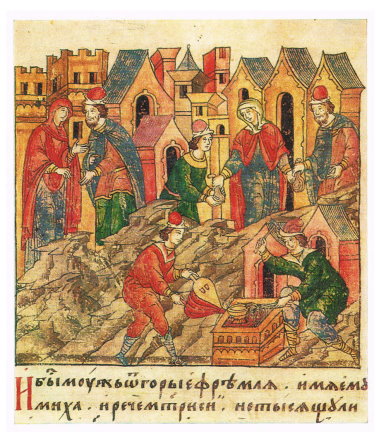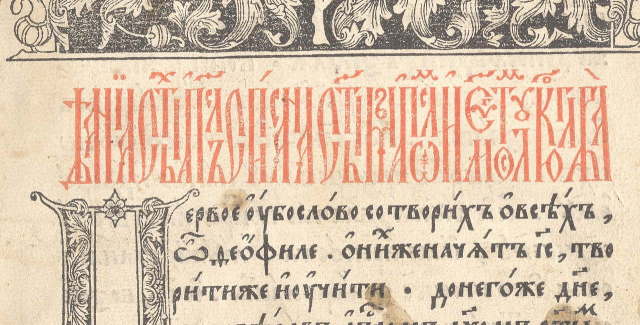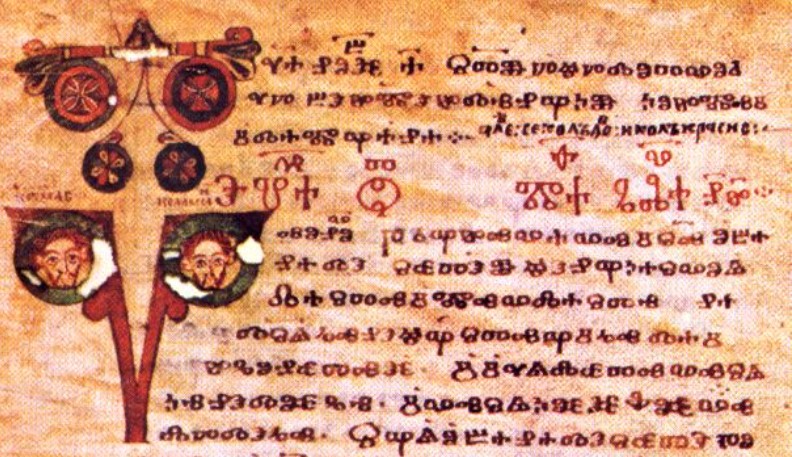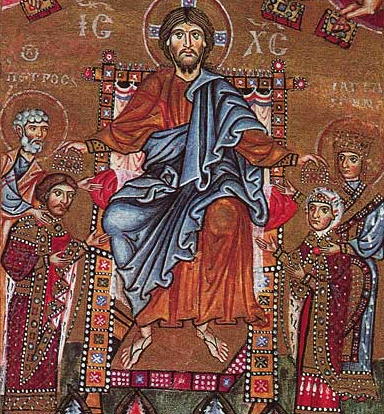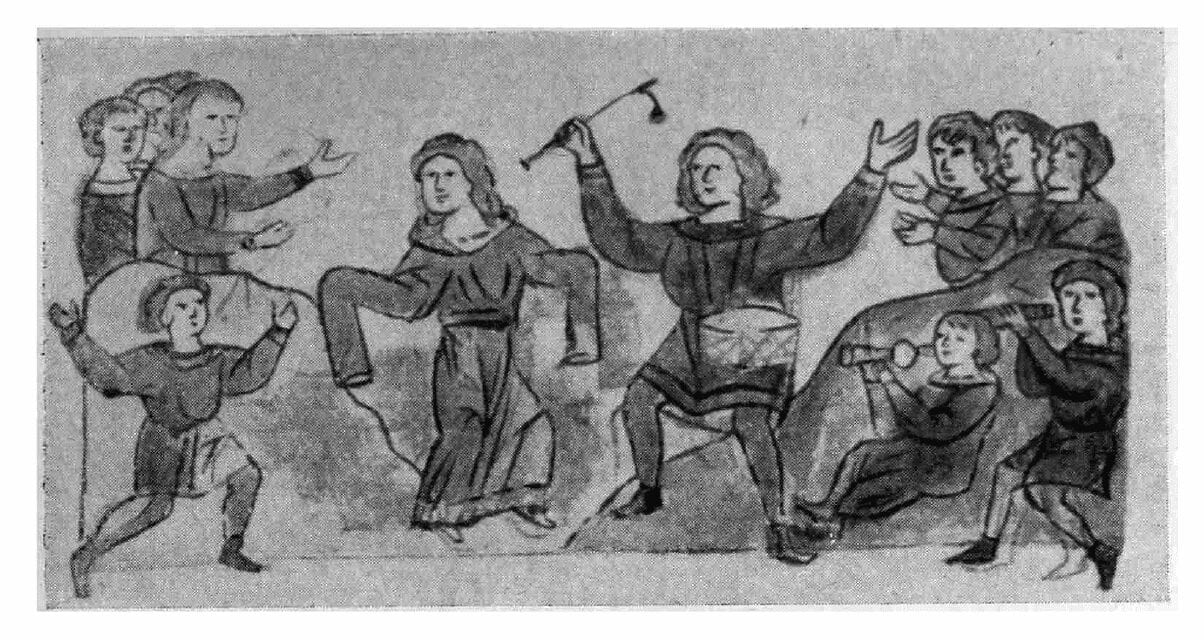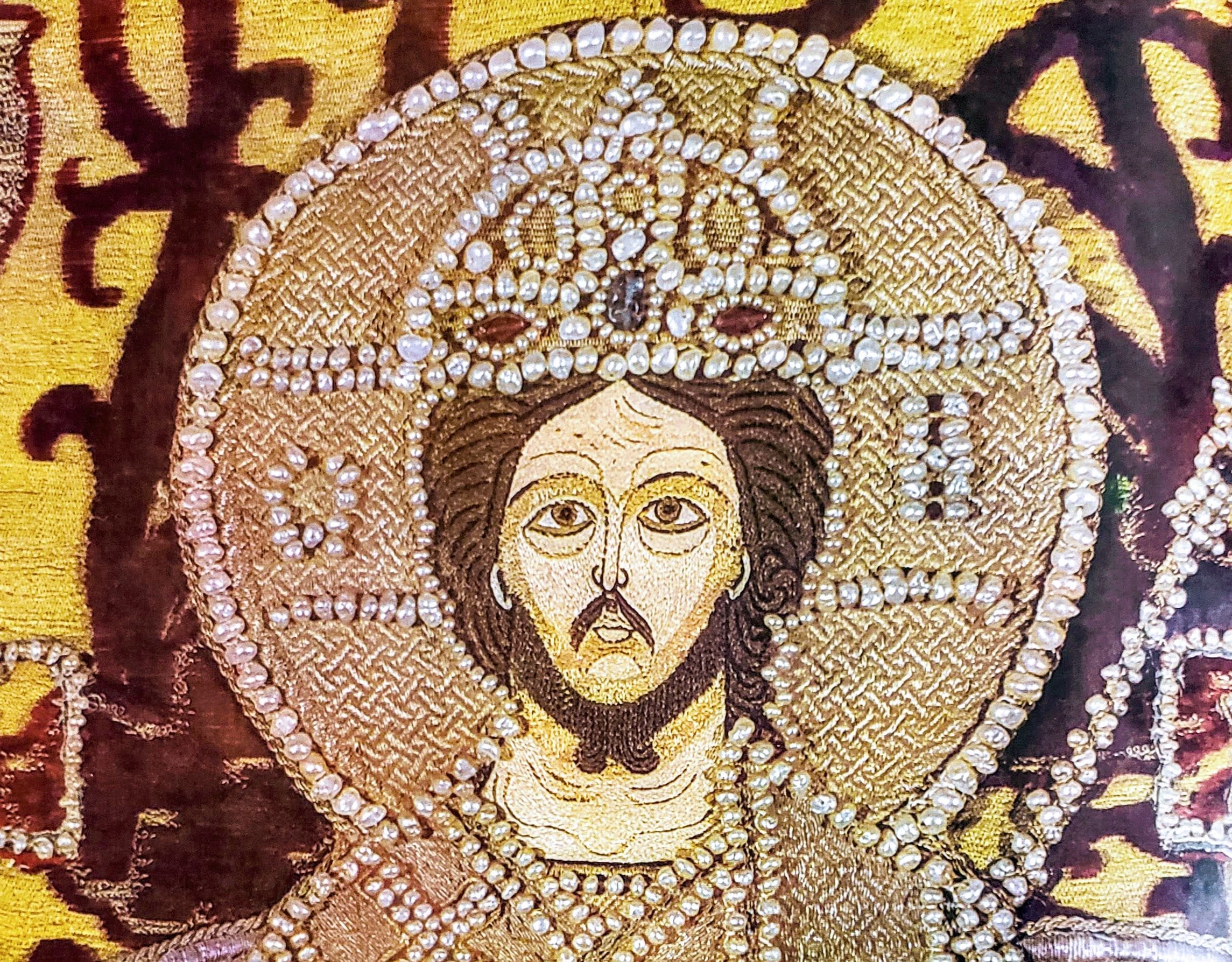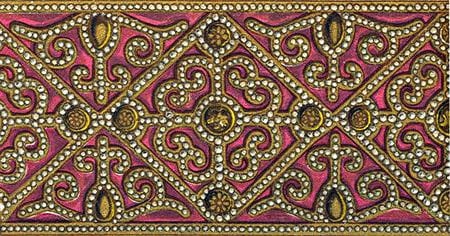Chapter 9 of Schepkin’s Textbook of Russian Paleography is an overview of the three major “hands” in Cyrillic paleography –…
Continue ReadingRussian
Ligatures and Вязь (Vyaz’)
Chapter 5 of Schepkin’s Textbook of Russian Paleography was actually what first drew me to this book, as it is…
Continue ReadingDialects of Old Slavonic
Another chapter of Schepkin’s Textbook of Russian Paleography completed. This chapter talks about the dialects of Old Church Slavonic (OCS)…
Continue ReadingDepictions of the Russian Royal Family in 11th-century Miniatures (Part II)
I am currently reading and translating Kondakov’s book about the Gertrude Codex and its set of Orthodox illuminations, a couple…
Continue ReadingDepictions of the Russian Royal Family in 11th-century Miniatures (Part I)
I am currently reading and translating a book written in 1906 about a fascinating piece of history, the so-called Egbert…
Continue ReadingDeciphering Medieval Cyrillic for Russian SCA Calligraphy
I often get asked how to find medieval versions of Cyrillic letters to map to modern Russian texts for the…
Continue ReadingPagan Elements in the Decorative Art of Medieval Rus’: Rusalia, Simargl, and Pereplut
Today, I’d like to present an article I recently finished reading by B.A. Rybakov, about the symbolism on silver cuff…
Continue ReadingMedieval Russian Embroidery (Majasova, 1971)
This post my translation of the book Medieval Russian Embroidery (Древнерусское шитьё), by Natalia Andreevna Majasova (1919-2005), an expert in this area of study. Over the many years of her career, she was instrumental in the research and transformation of several collections of medieval Russian embroidered works, first at the Zagorsk State Historical-Artistic Museum-Reserve (the Soviet-era museum built on the site of the Trinity-Sergiev Lavra, a famous monastery outside Moscow), and then later with the Museums of the Moscow Kremlin. This book, published in 1971, is a general overview, with over 50 full-color plates showing examples from the major embroidery centers of Moscow and Novgorod from the 15th-16th centuries, a small number of post-period items from the 17th century, and a lengthy introductory article on the subject.
Continue ReadingSeveral Examples of Muscovite Embroidery from the Time of Dionisius
Today’s post is my translation of N.A. Majasova’s overview of 5 items of Muscovite ecclesiastical embroidery from the late 14th-early 15th centuries,…
Continue ReadingOpulence in Ecclesiastical Embroidery
The title of this work was perhaps the hardest part to translate. Dragotsennost’ is typically used to mean “gemstone”, but clearly…
Continue Reading
